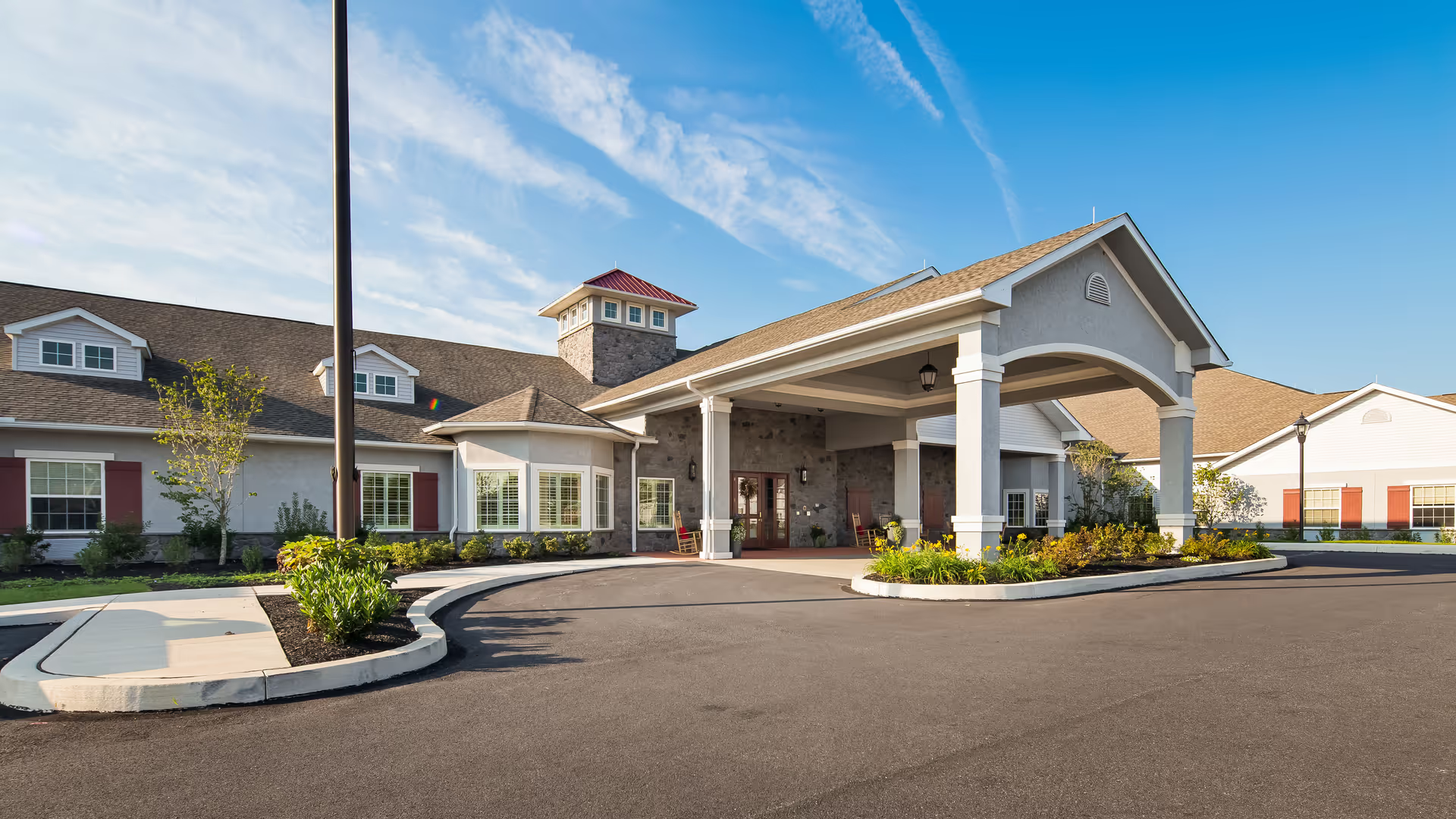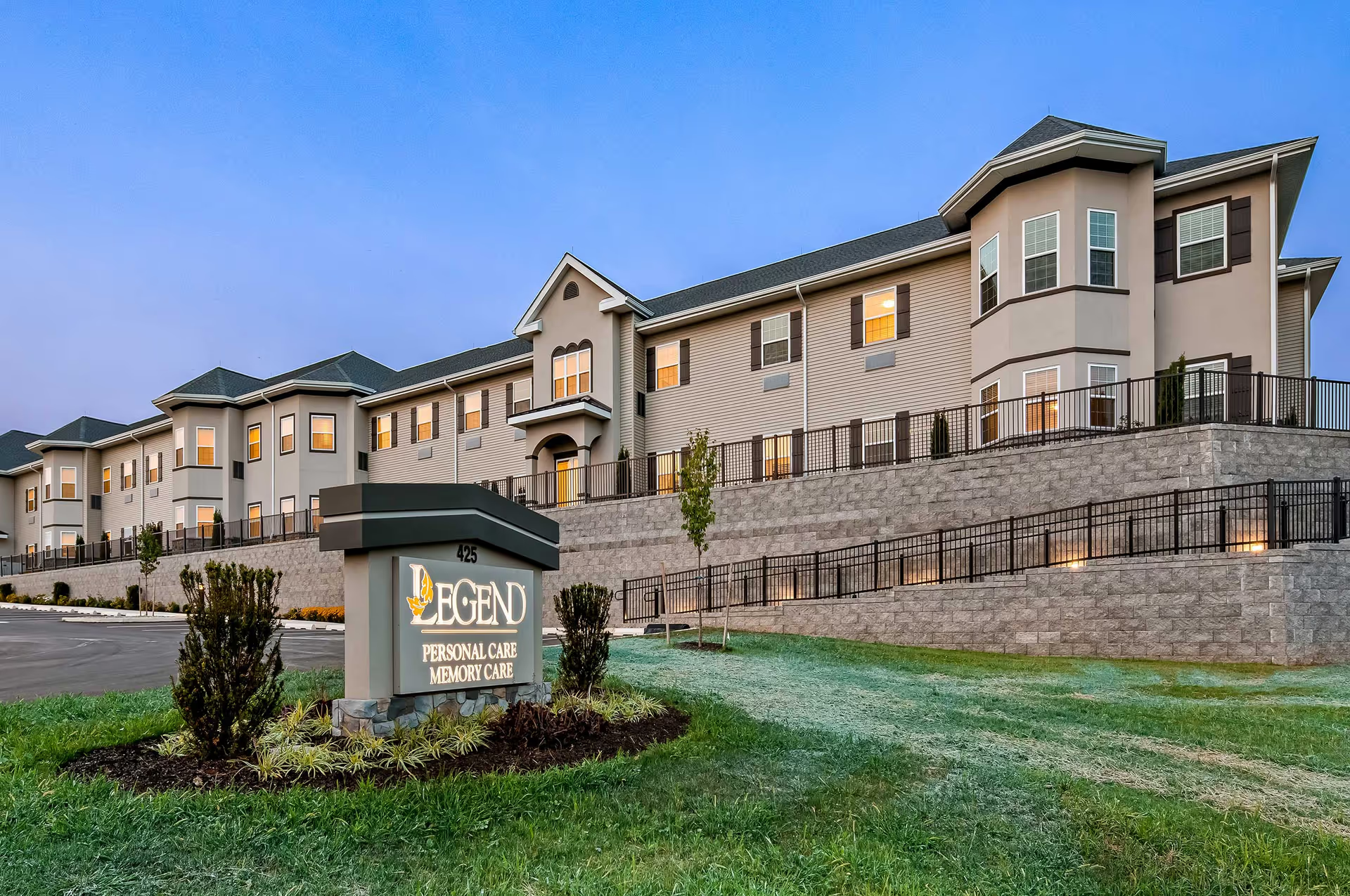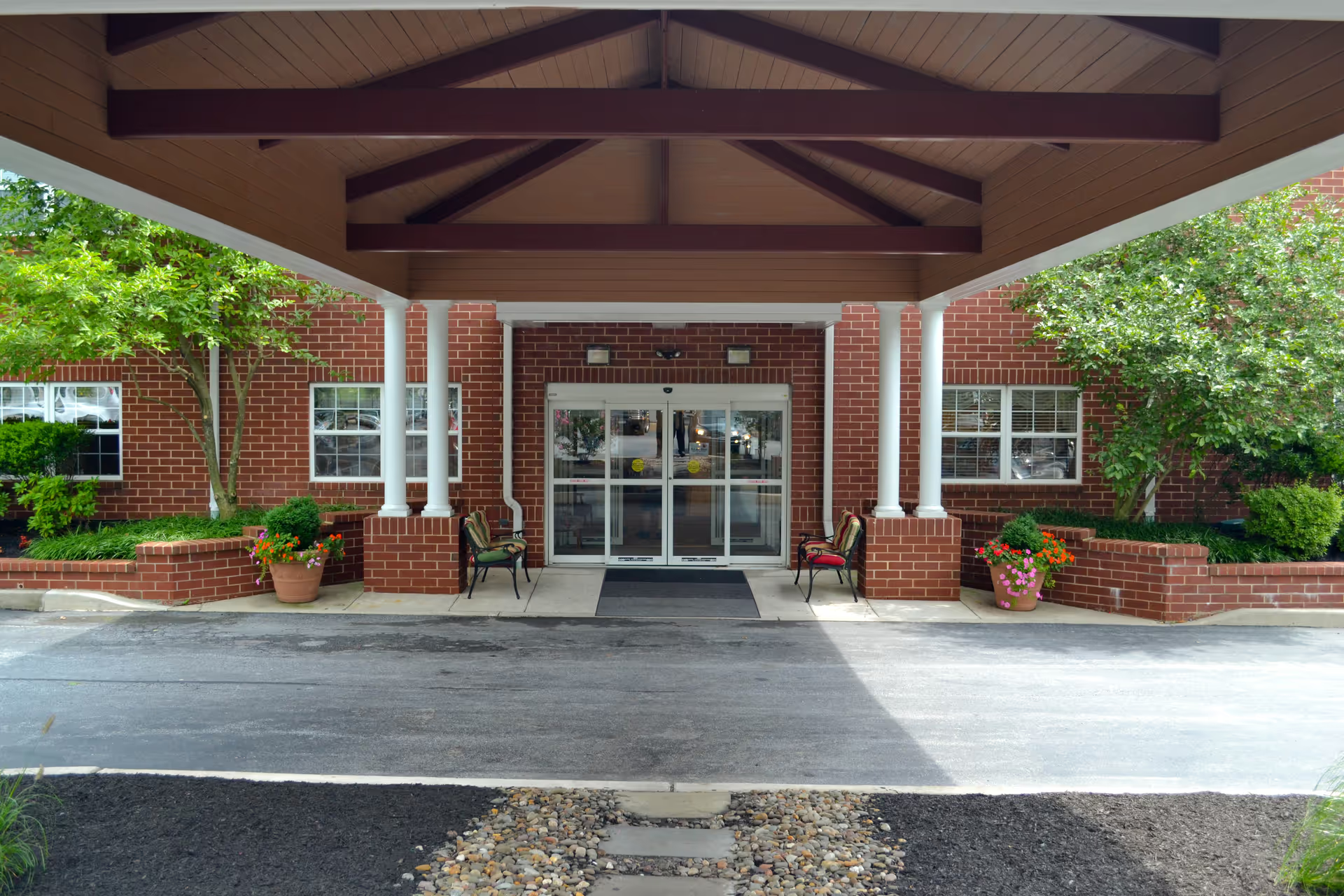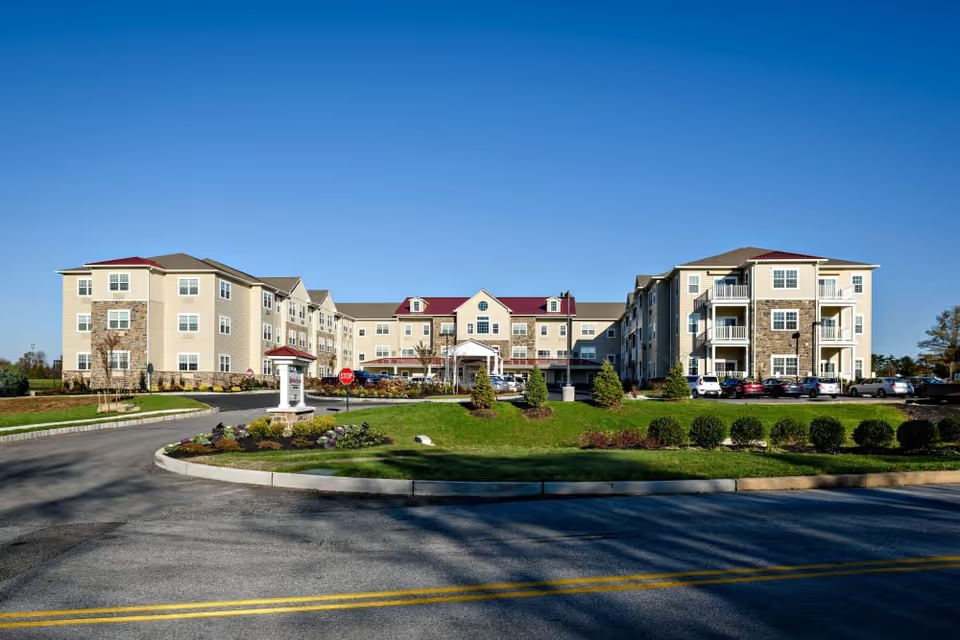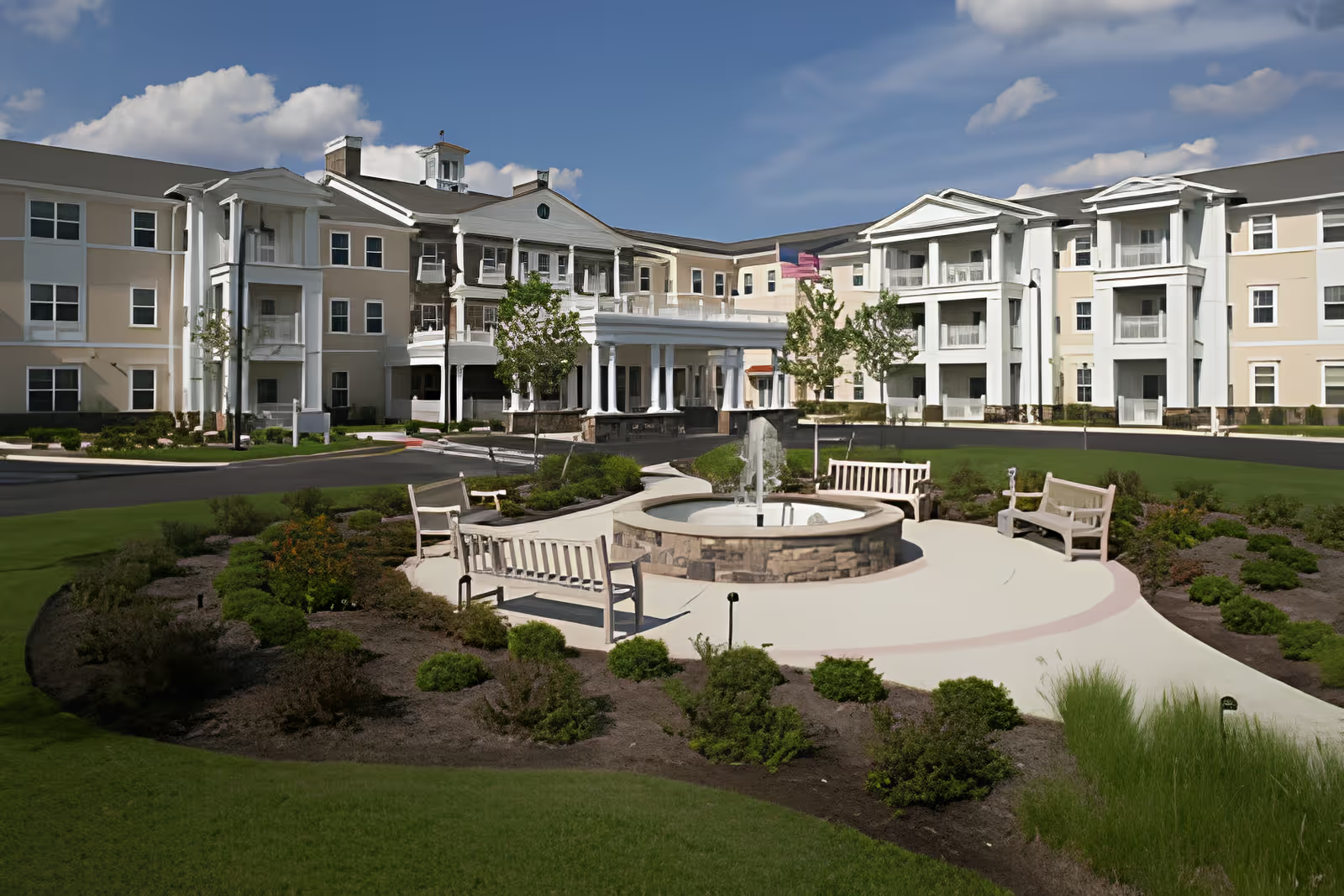Overall sentiment in these reviews is strongly positive, with multiple reviewers emphasizing exceptional staff, a warm and family-like atmosphere, and attractive, comfortable accommodations. The dominant themes are high-quality interpersonal care and a homelike environment: reviewers use terms such as “outstanding,” “amazing,” “patient,” and “caring,” and several specifically note that staff and the owner are welcoming and helpful. Multiple summaries highlight that residents are kept clean and well-groomed and that the home feels loving and home-like rather than institutional.
Care quality is one of the clearest strengths reported. Reviewers specifically mention appropriate care for a resident with dementia, and they describe staff as patient and attentive. Several accounts note that the brother or resident received attentive, compassionate care and that caregivers behave in a family-like manner. The owner is singled out positively in more than one summary, suggesting engaged on-site management and a hands-on approach to resident well-being.
Facilities and atmosphere are repeatedly praised. Descriptions include “immaculate,” “beautiful,” “comfortable,” “luxury,” and “super comfy,” indicating an appealing physical environment with attention to decor and accommodations. The home-like atmosphere is stressed—reviewers describe it as cozy and loving rather than clinical—contributing to an overall impression of a high-quality residential setting.
Dining gets favorable mention from multiple reviewers who describe the food as home-cooked and nutritious. That said, there is at least one report indicating an appetite or eating concern for a specific resident, which suggests that while meals are generally regarded positively, individual eating issues may occur and warrant attention on a case-by-case basis.
The primary negative signal is a single, notable outlier: an unannounced visit that reportedly found poor cleanliness and a resident not eating well. This contrasts with other reviews that call the facility immaculate and residents well cared-for. The discrepancy points to a possible inconsistency in standards or to situational factors (e.g., timing of the unannounced visit, temporary staffing or turnover, or an isolated incident). Given the weight of the positive feedback, this negative report should be treated as a concern worth investigating rather than definitive evidence that cleanliness or care are generally poor.
Other gaps in the review set include limited information about activities, social programming, clinical/medical oversight beyond dementia-capable care, staffing ratios, and long-term consistency. Most comments focus on interpersonal care, atmosphere, and appearance, so prospective families may want to ask the facility specific questions about activity schedules, medication management, staff continuity, and how the home handles unannounced inspections or short-term staffing changes.
In summary, the aggregated reviews portray Family Ties Assisted Living as a warm, well-appointed, and caregiver-focused home with strong endorsements for staff compassion, dementia care, and a homelike atmosphere. The main caution from the reviews is an isolated account of poor cleanliness and a resident appetite issue during an unannounced visit, suggesting potential variability that families should probe further when considering placement—particularly by asking about recent inspections, staffing practices, and how the home addresses individual residents’ eating and hygiene needs.
